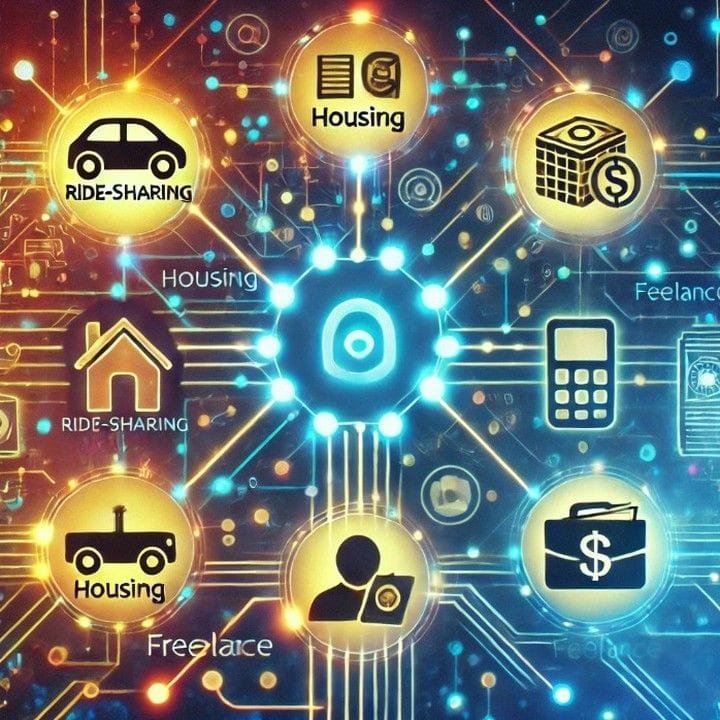How the Government Is Fueling Pakistan Tech Growth : A Strategic Approach. Imagine a young coder in Peshawar designing AI for remote clinics; a group of freelancers in Faisalabad coding fintech apps; and a bitcoin mining campus humming with shared energy—all powered not by chance, but by deliberate government strategy. This is the real story behind Pakistan incredible tech growth.
A Strategic Blueprint: From Policy to Incubator
Pakistan’s digital surge wasn’t accidental—it’s the result of a deliberate governmental vision. Starting with the Digital Pakistan Initiative in 2018, the government has rolled out a framework to integrate technology across all aspects of society: schools, businesses, hospitals, and more.
Key pillars of this vision include:
- Special Technology Zones (STZs): Created under the STZA (2020), these zones offer tax breaks, profit repatriation, and foreign-ownership rights to attract global and local tech players.
- National Incubation Centers (NICs): Public-private accelerators that mentor startups from Islamabad to Quetta.
- Skills Initiatives: Programs like PIAIC and DigiSkills aimed at equipping youth with skills in AI, blockchain, cloud computing, and freelancing.

Incubating Innovation: NICs Take Shape
Since 2016, NICs have been deployed across eight major cities. These aren’t just co-working floors—they provide mentorship, pilot support, investor access, and business clinics. The numbers speak for themselves:
- Over 1,300 startups have been incubated, with more than 660 graduates.
- They’ve raised over $98 million in funding and created 126,000 jobs.
NIC Karachi alone has fueled 299 startups, attracting significant investment. Success stories like Healthkart, incubated in Lahore’s NIC, prove that these centers are effectively bridging the gap between ideas and real-world impact.
Empowering People: From PIAIC to DigiSkills
The government understands that buildings aren’t enough; people are the key to tech growth.
- PIAIC, launched in 2018, educates students in AI, IoT, and blockchain. Its goal is to train 100,000 technologists annually.
- DigiSkills and e-Rozgaar (Punjab) empower learners in digital marketing and e-commerce, promoting freelance careers.
Combined, these initiatives have trained over half a million Pakistanis in digital skills, weaving technology directly into the nation’s social fabric.

Infrastructure Power Trip: Fueling Tech with Bytes and Energy
A. Electricity & the Crypto-AI Nexus: In 2025, the government allocated 2,000 MW of surplus electricity to power AI data centers and bitcoin mining. This strategic move addresses both surplus energy and the creation of high-value jobs.
B. Digital Backbone: Through the CPEC’s Digital Corridor, over 820 km of fiber now connect major cities. The NADRA ID system has integrated 95% of the adult population into a digital identity system, while the Raast Instant Payment System links IDs to QR banking, with over 10 million users.
Special Technology Zones: Silicon Corridors for Pakistan
The STZA, activated in 2020, has unlocked significant incentives for Special Tech Zones. These zones offer 10-year tax holidays, no property taxes, and 100% foreign ownership. Under the SIFC, new STZs are being developed in secondary cities, focusing regional growth on tech hubs. The STZs are catalysts for global tech investment, bringing scale to Pakistan’s vision.
Cybersecurity and AI Readiness: Safeguarding the Future
The government didn’t stop at hardware. It also invested in software security with the National Centre for Cyber Security (NCCS), which includes labs in 11 universities for research. Additionally, the National Science & Technology Park (NSTP) in Islamabad focuses on DefenseTech, FinTech, and SmartTech, producing revenue and thousands of jobs. This ensures Pakistan’s digital expansion is both secure and sustainable.
The Impact: When Policy Meets Growth
The results are powerful and real:
- IT/ITeS exports totaled $2.28 billion in fiscal year 2024, making up 39% of services exports.
- More than 141 foreign firms have established operations, creating around 60,000 jobs.
- The NICs alone have generated over $32 million in revenue.

Conclusion: A Government-Led Digital Renaissance
From desks in incubator hubs to fiber cables across mountains, the government isn’t just enabling technology—it’s actively building it. The tech growth in Pakistan is more than just statistics; it’s lives being reimagined and a nation being remade. For global partners, this means opportunity. For citizens, it means inclusion. For Pakistan, it means a shift from potential to powerful progress.
Reference :
- National Incubation Centers (NICs):
Over 1,300 startups incubated, 660+ graduates, and 126,000 jobs created.
https://ignite.org.pk/national-incubation-centers/ - Digital Skills Development (DigiSkills, PIAIC):
PIAIC and DigiSkills have trained 500,000+ in AI, blockchain, and freelancing.
https://www.piaic.org/ and https://digiskills.pk/
- Special Technology Zones (STZA):
STZs offer tax exemptions, land access, and foreign investment incentives.
- AI & Bitcoin Energy Allocation (2025):
Govt allocated 2,000MW to power bitcoin mining & AI centers under PCC.
https://www.techjuice.pk/govt-allocates-2000mw-energy-for-bitcoin-mining-and-ai/
- Digital Public Infrastructure (Raast, NADRA, Fiber):
NADRA IDs + Raast payment system = inclusive digital economy.
https://www.sbp.org.pk/raast/ and https://www.nadra.gov.pk/
- Pakistan IT Exports & Global Growth:
IT/ITeS exports hit $2.28 billion in 2024, with 39% of service exports.
- Women’s Software Technology Park – AJK:
First of its kind, launched to boost women in tech.
https://ignite.org.pk/ignite-launches-women-tech-park-ajk/
- NSTP – National Science and Technology Park:
High-tech R&D park at NUST driving DefenseTech, FinTech, EdTech.
- Challenges: Internet Shutdowns Cost Billions
Internet blackouts cost $125M in 2023 alone.
https://www.aljazeera.com/news/2023/5/11/internet-blackout-costs-pakistan-125m





